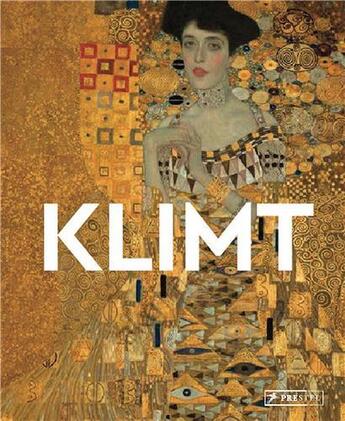-
Date de parution : 30/03/2022
-
Editeur :
Prestel
-
EAN : 9783791387932
-
Série :
(-)
-
Support :
Papier
Résumé:
The story of Klimt's astonishing artistic career is told in this beautifully produced collection of reproductions, photographs and drawings with an accompanying text that places the artist in a unique historical moment and reflects his fierce appetite for life and beauty.
Gustav Klimt's... Voir plus
The story of Klimt's astonishing artistic career is told in this beautifully produced collection of reproductions, photographs and drawings with an accompanying text that places the artist in a unique historical moment and reflects his fierce appetite for life and beauty.
Gustav Klimt's career straddled the last gasps of Vienna's golden age and the birth of modernism. When seen through this bifurcated lens, it is easy to understand why his relatively small oeuvre created such a lasting impact.
This gorgeously illustrated biography explores the unique environment in which Klimt worked-a society in which the schooling of artists was both appreciated and encouraged; a city that was pouring money into magnificently ornate architecture and portraiture; a population that was both experimenting with and suppressing freedom of thought. The full breadth of Klimt's accomplishments is represented here-history and symbolist paintings, building decorations, murals, posters, magazine illustrations, portraits, and landscapes.
Readers will learn how Klimt navigated the complex architecture of fin-de-sie cle Vienna and helped found the Vienna Secession and they will see how Klimt's style and motifs changed extensively through the years. Dozens of key works allow for close inspection of Klimt's dazzling artistry, his profound appreciation of female sensuality and his brilliant application of color and mosaic. The author draws out the importance of the relation between the plane surfaces of Klimt's paintings and the spaces they represent, thereby raising surprising connections between his painting and his skills in the applied arts.
Compact and satisfying, this book traces a singular artist's trajectory across an ever-changing cultural landscape.
Donner votre avis















